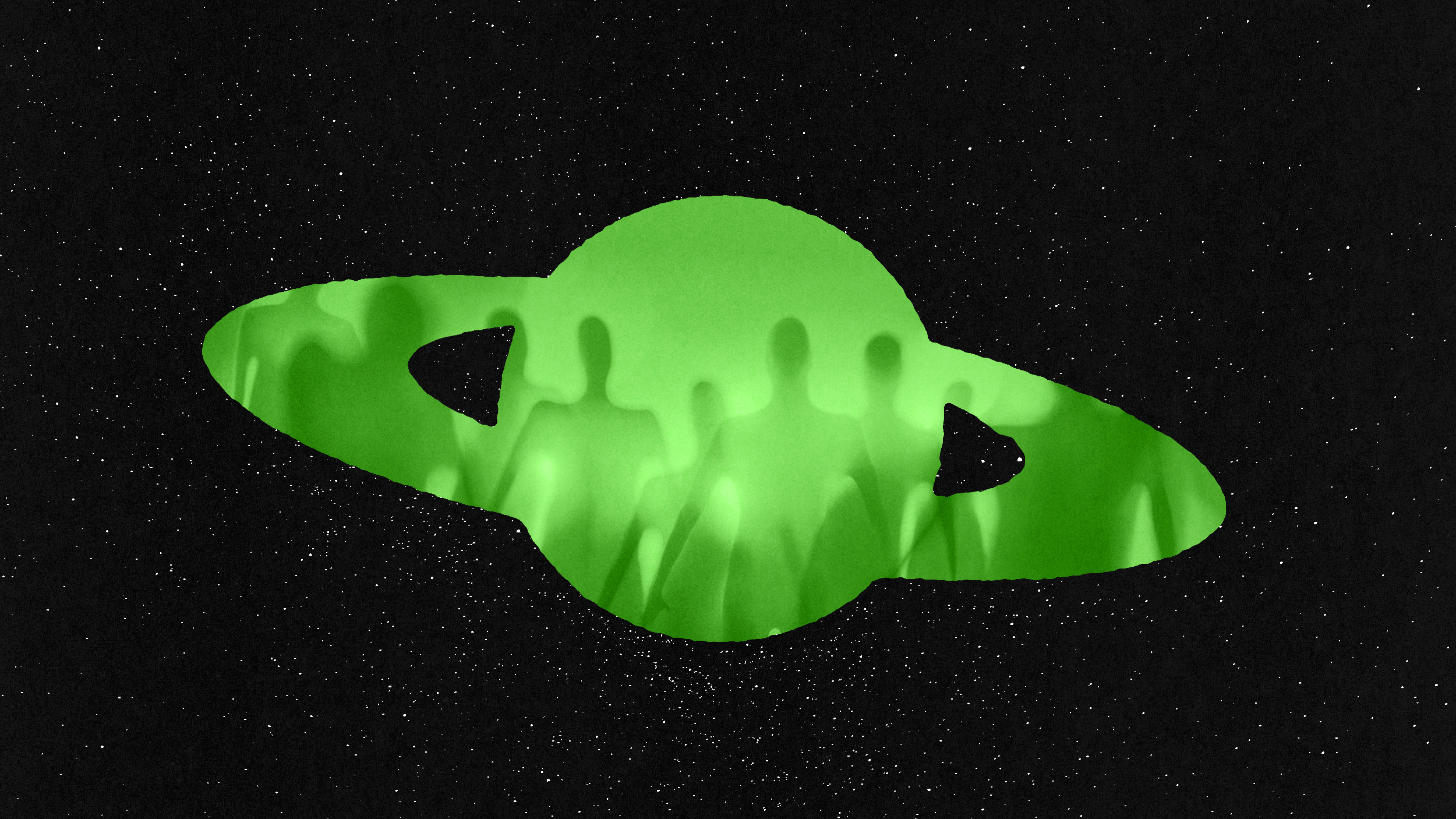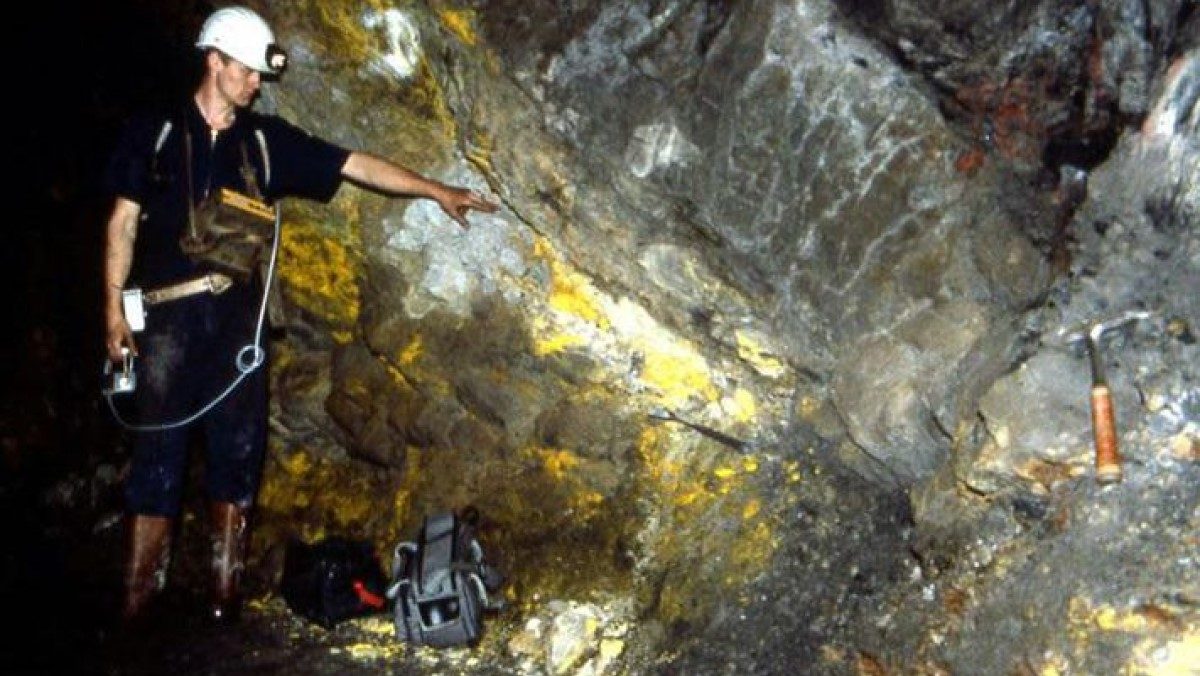Bill Nye: Well, that’s just like, just like StarTrek. Everybody speaks English very well. Sometimes they have accents, but . . .
We think we know how we came to be here on our world. We’ve studied this. How did you come to be? What are you doing here? We’ve worked for millennia - or many, many orbits of the sun - to reach this level. We believe that we came to be about a hundred thousand orbits ago and that life itself started on our world about three billion orbits ago. When did life start on your world?
And let me say, that’s a nice hat.
And then he or she would say, “It’s my helmet, it’s my space helmet, because your atmosphere is just—it’s no good for me.” And so on . . .
I’d want to know where they came from. I’d want to know why they wanted—what were they doing asking me what I was doing? It would be great to know, though, we’re not alone. That would be a heck of a thing. It would change the world.
Directed / Produced by
Jonathan Fowler & Elizabeth Rodd
Bill Nye, scientist, engineer, comedian, author, and inventor, is a man with a mission: to help foster a scientifically literate society, to help people everywhere understand and appreciate the science[…]
▸
3 min
—
with
Related
The Vera C. Rubin Observatory in Chile will image the southern sky using the largest digital camera ever built.
Long before the search for biosignatures, scientists imagined a cosmos teeming with intelligent life.
“There’s a long history of people claiming planets which look Earth-like, Earth 2.0, Earth twins.”
▸
19 min
—
with
Planets can create nuclear power on their own, naturally, without any intelligence or technology. Earth already did: 1.7 billion years ago.
“Many astronomers are really driven by the search for Earth twins because I think deep down the natural endpoint of this whole goal of looking for planets is to answer the question, are we alone?”
▸
1:33:24 min
—
with






